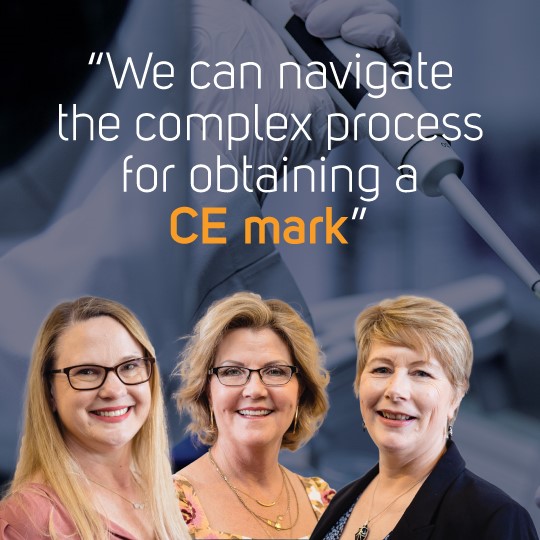EU-IVDR CE MARKING
CE mark IVD compliance
If you are manufacturing or distributing In Vitro Diagnostic (IVD) devices in the European Union, obtaining a CE mark IVD is essential to demonstrate compliance with the IVDR (2017/746). The EU-IVDR is the regulatory basis for placing on the market, making available and putting into service in vitro diagnostic medical devices on the European market. It replaced the EU in vitro diagnostic directive (98/79/EC) in May 2022. The IVD regulation covers devices sold as individual devices or kits as well as those provided as a testing service under distance sales requirements or the in-house exemption.
Obtaining a CE mark for IVD devices is a complex process that requires careful planning, documentation, and adherence to regulatory requirements. Our consultants and IVD experts have many years of navigating these processes effectively based on industry and Notified Body experience.

Do you need help to get a CE mark IVD approval?
We can support manufacturers with all the requirements to get regulatory compliance with the EU-IVDR.
IVDR services